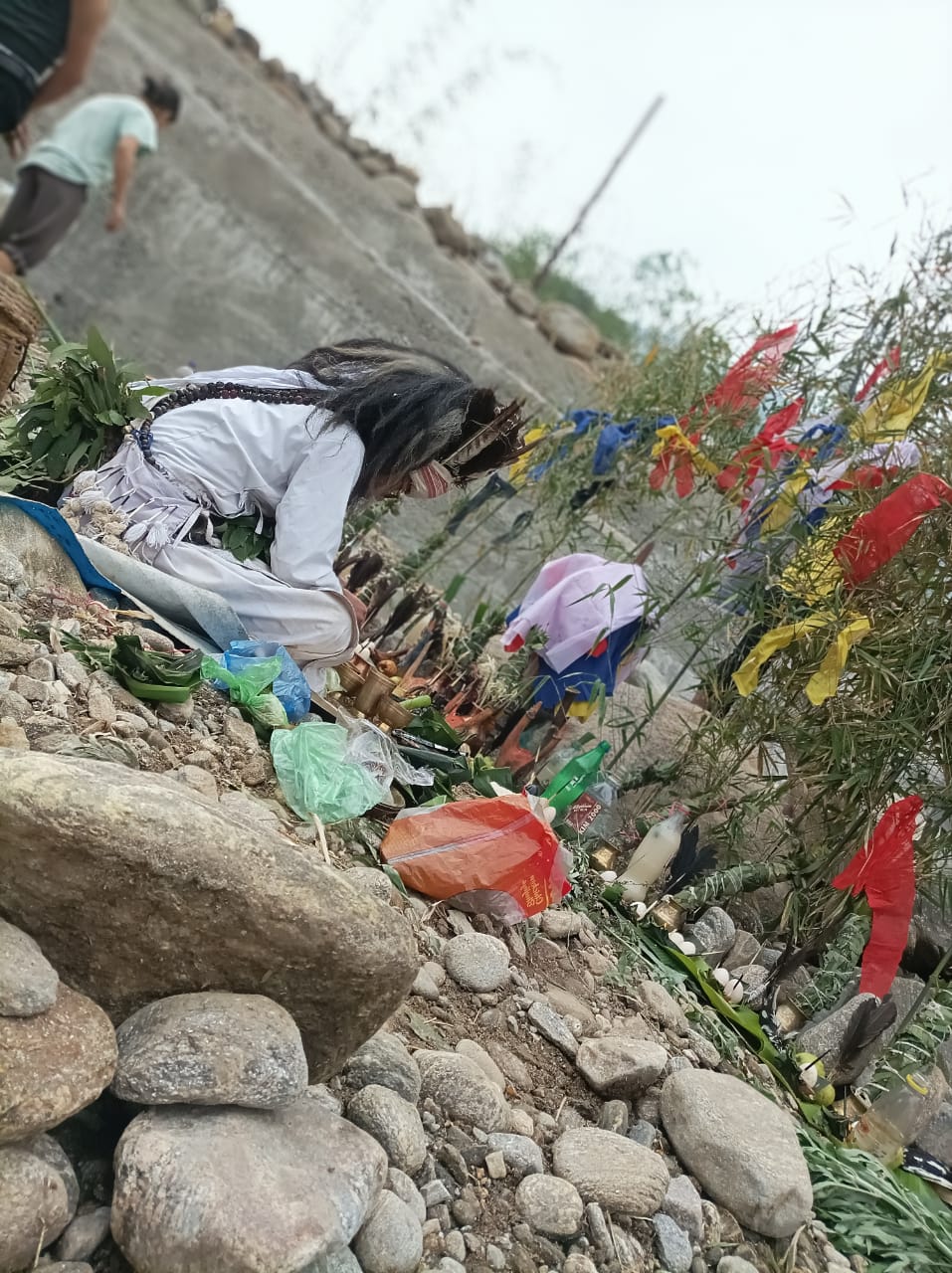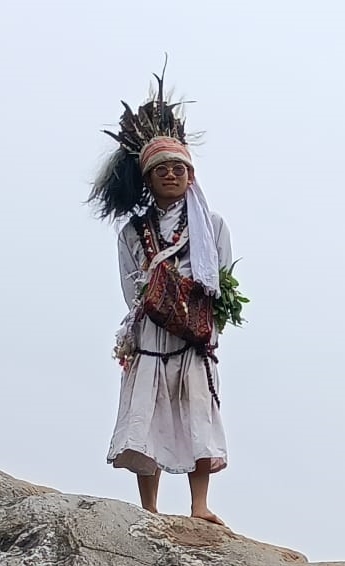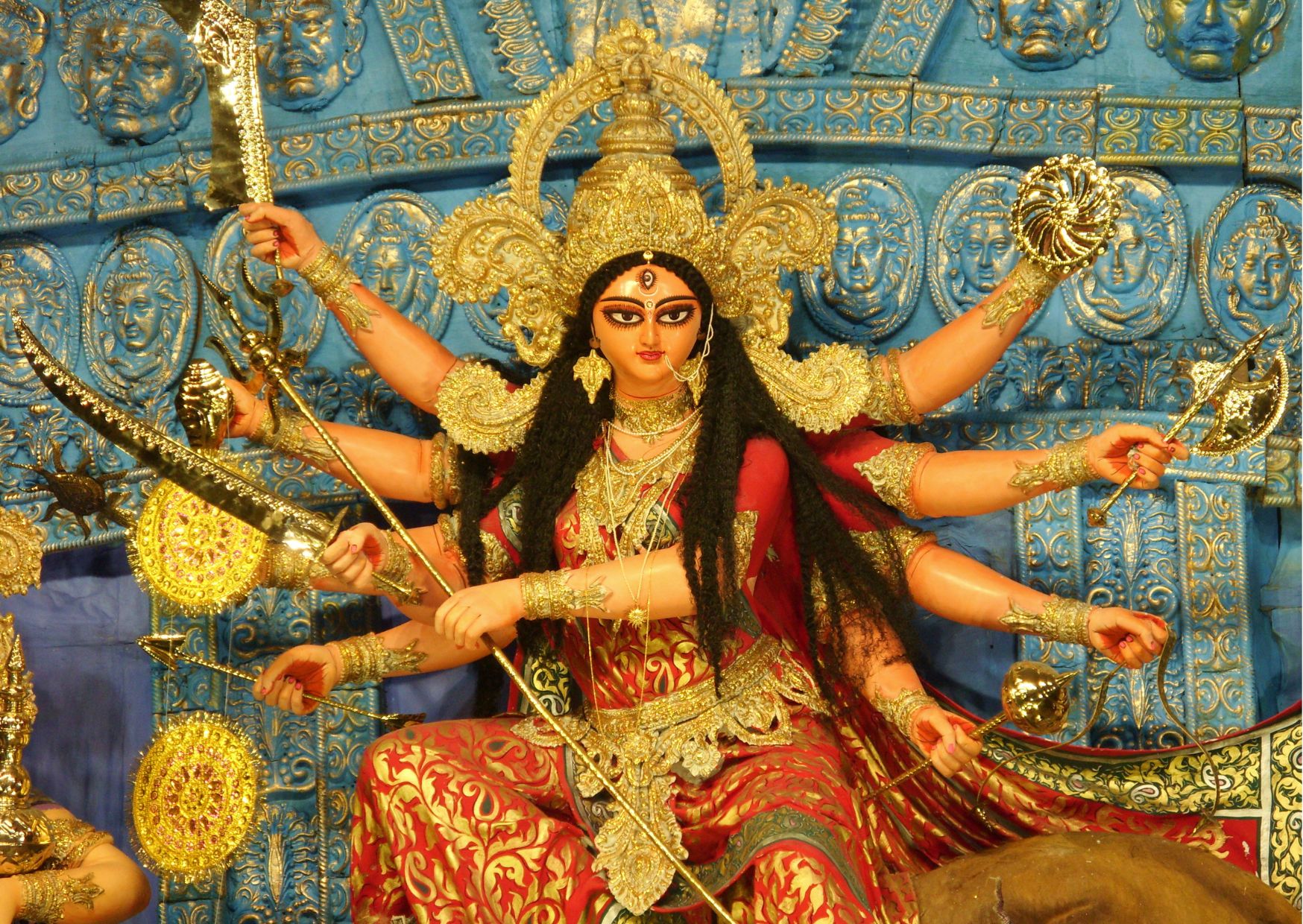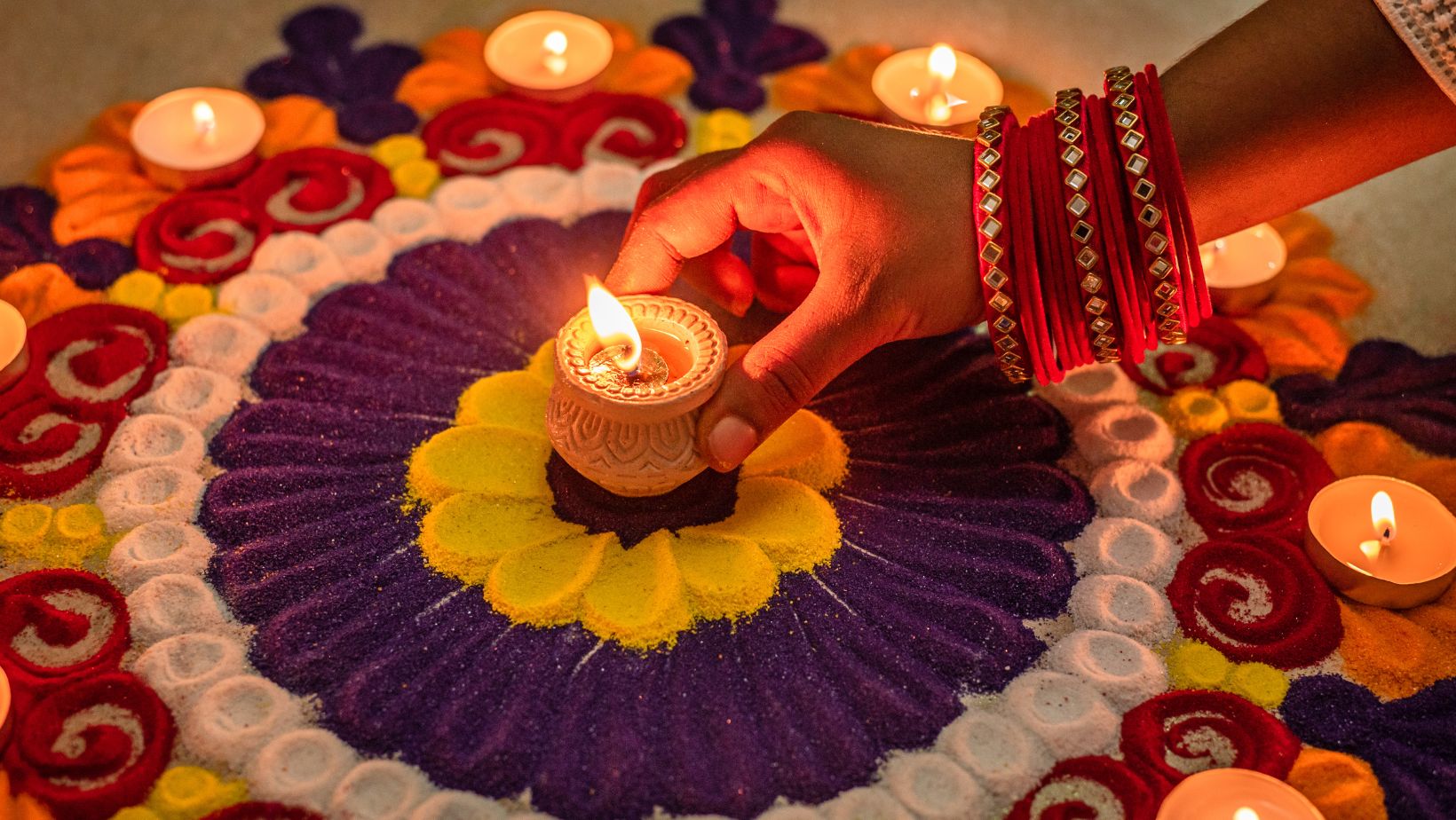Meaning of the term Shaman
 The term Shaman has been taken from the Siberian Tungus word Saman which implies a person who has a direct experience of the secrets of ‘life and the universe’. The Shamans are often considered reservoirs of ancient knowledge and spiritual practices that have been handed over from one generation to the next. Anthropologists have extensively used the term Shaman to refer to certain groups of spiritual healers in varied cultures that are known by different names such as witcdoctorsor, sorcerer, medicine men, seers, and magicians.
The term Shaman has been taken from the Siberian Tungus word Saman which implies a person who has a direct experience of the secrets of ‘life and the universe’. The Shamans are often considered reservoirs of ancient knowledge and spiritual practices that have been handed over from one generation to the next. Anthropologists have extensively used the term Shaman to refer to certain groups of spiritual healers in varied cultures that are known by different names such as witcdoctorsor, sorcerer, medicine men, seers, and magicians.
However, interacting with this young and educated Shaman added a new dimension to my understanding of Shamanism. Manthan is a Shaman from the Limbu community and according to him, there are three kinds of Shamans namely Phadangma a medicine man who usually performs household rituals like ancestral poojas. Samba/Samma Shaman who performs auspicious ceremonies as well as natural death rituals and finally a Yeba/Yema a Shaman who performs inauspicious ceremonies for unnatural or accidental deaths.
Thanchongma- the process of becoming a Shaman

a modern day Shaman
Manthan is a Yeba and when asked how he came to know that he was a Shaman or if there any process of becoming a Shaman, he said that the process of becoming a Shaman is called Thanchongma where a senior Shaman identifies you as the chosen one based on what you utter when in trance. Once one is declared a Shaman they usually fall sick and it is strange that medical treatment of the illness further makes it worst. During Thanchongma, Manthan would vomit continuously. It is believed that this is one way of purging the body from any kind of impurity.
Manthan's process of becoming a Shaman started at the tender age of 7 when he started showing signs of becoming a Shaman and it was only after 16 years he began performing rituals as a Yeba. He had to work as an apprentice under a senior Shaman. He says becoming a Shaman is not easy as during the initiation process he had to take a total of 36 vows and during each vow he had to consume 36 burning wicks which was quite a discomforting experience. Talking to him sparked a curiosity in me if one could differentiate Yeba amongst the three Shamans based on one's physical appearance. He says that a Yeba always wears a bag made of Cowrie shells called Aplasep, unlike other Shamans. However, what I found intriguing is the legend behind Aplasep. It is believed that during a full moon these beads cling and make a sound on their own. Unbelievable yet true!
Death Rituals performed by the Yeba
 According to the young Yeba, a shaman has been assigned three roles a healer, a performer of ceremony and rituals, and a storyteller. The Mundhum is the medium through which a Shaman narrates stories of the past that have been handed over from one generation to the other. He believes that the Limbu Mundhum although oral follows a chronology that talks about the origin of mankind, the first story of unnatural death, and many more. He shares with us the story of two plants where Muktu (Elephant grass) is considered the oldest plant and Sagi (Sting Nettle) the youngest.
According to the young Yeba, a shaman has been assigned three roles a healer, a performer of ceremony and rituals, and a storyteller. The Mundhum is the medium through which a Shaman narrates stories of the past that have been handed over from one generation to the other. He believes that the Limbu Mundhum although oral follows a chronology that talks about the origin of mankind, the first story of unnatural death, and many more. He shares with us the story of two plants where Muktu (Elephant grass) is considered the oldest plant and Sagi (Sting Nettle) the youngest.
The death ritual that a Yeba performs is always pre-planned. It begins after all the family members of the deceased have eaten their dinner. The Yeba dances and they also sing the story of origin for about 3 to 4 hours and also narrate the story of the first unnatural death. Thereafter, the spirit of the dead is called upon. The ritual finally ends the next morning with Nahenthokma- a ritual to ward off jealousy rather than evil spirits since the Limbu consider jealousy to be even more harmful than evil spirits.
The paradox of being a Shaman
Manthan talks about the paradoxical nature of being a Shaman. Shamanism now mostly has become an unbelievable activity, especially in urban households unlike in villages where people still have faith in Shamanistic practice. An increase in literacy and advancement in science and technology may be one of the reasons for this. Manthan himself being a Shaman who is well educated considers some of the practices rather illogical and irrational. Yet at the same time, he feels fortunate that he can pass on their ancestral knowledge and oral history. His experience clearly sums up the ambiguity of being a modern-day Shaman.
The influence of Shamanism is felt far and wide today. As per a Times of India report, 'it is becoming a fairly routine experience for many. People from different professions — students, businessmen, housewives, even former army men are turning to shamanism, an ancient spiritual practice where the practitioner communes with “spirit guides” to gain access to information and healing'. The report mentions, businessman Gurpreet Singh and a marketing Executive named Harnam Sidhu, 46 who took up Shamanism full-time. A woman from Austria, Dr Kosima Klinger Paul has opened up a school of Shamanism! Those who have benefitted from Shamanism healing, swear by it. And one can find numerous Shaman-Yoga healing centres across the globe today!



